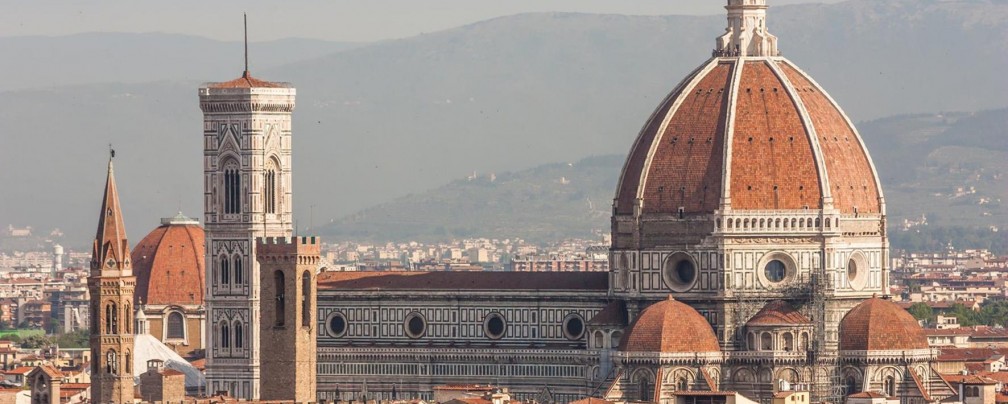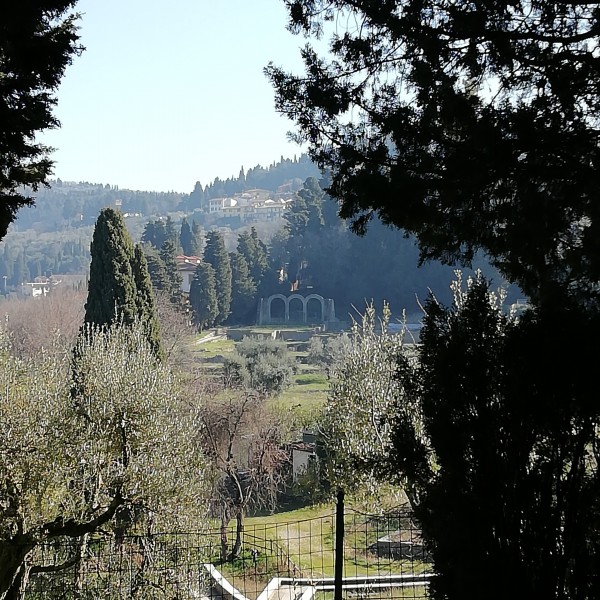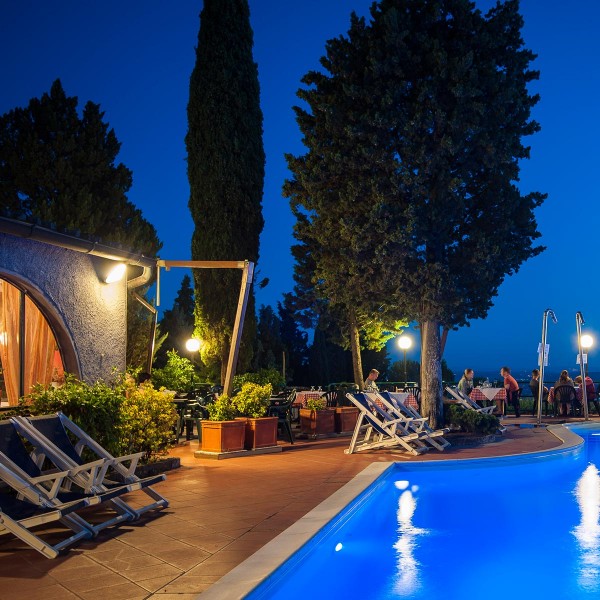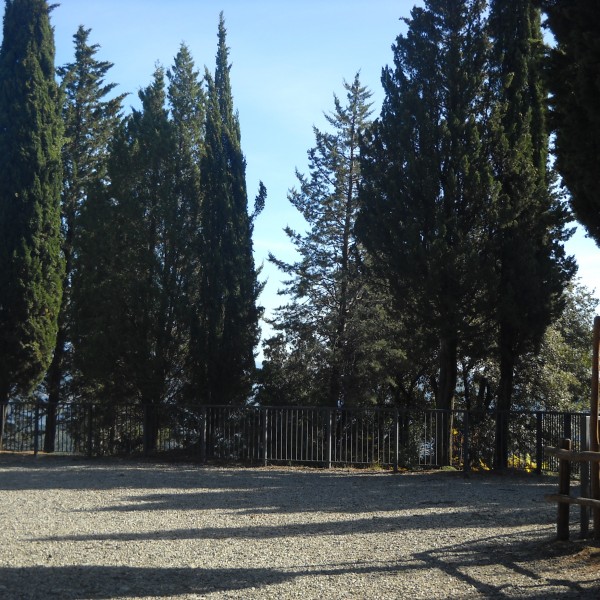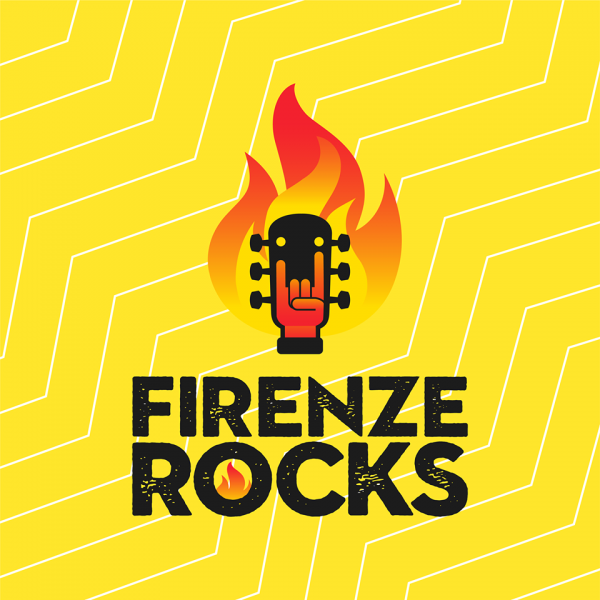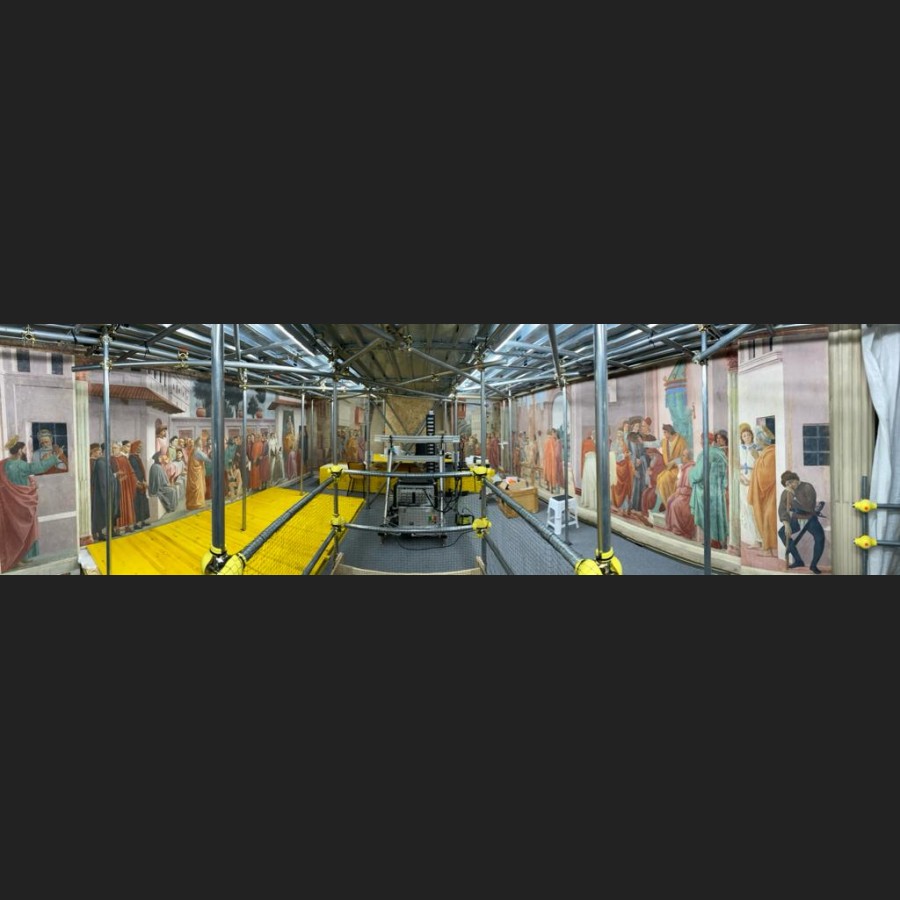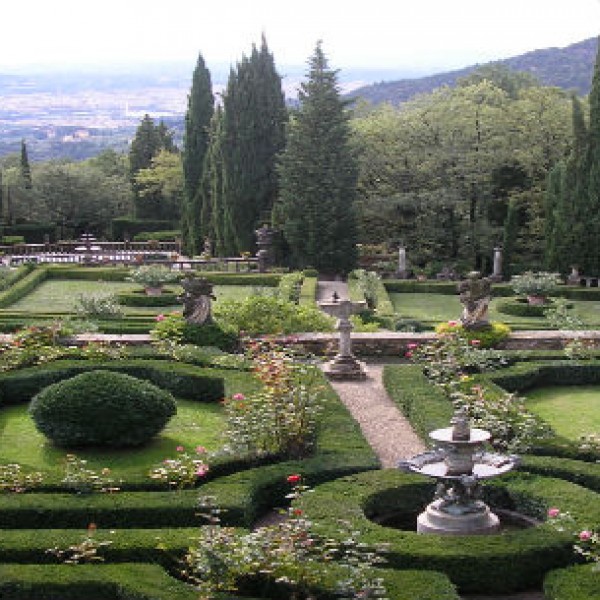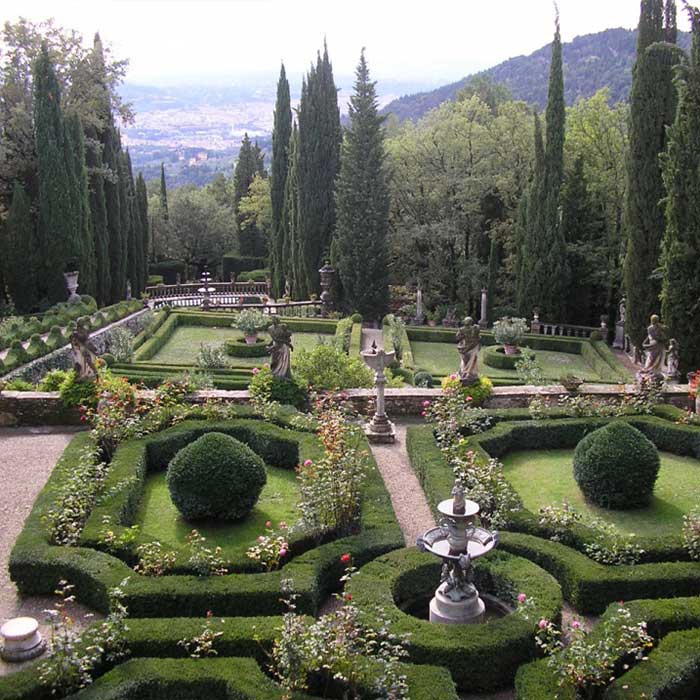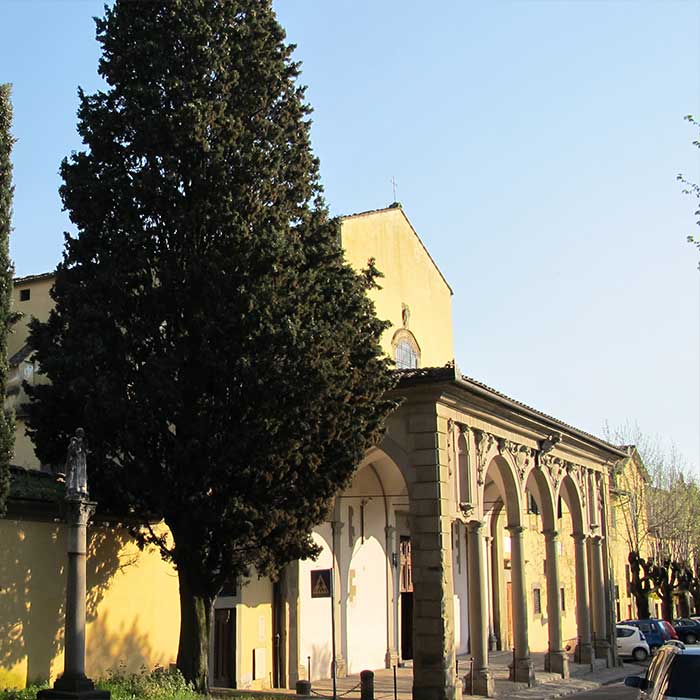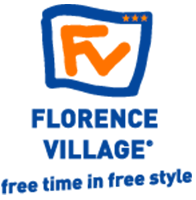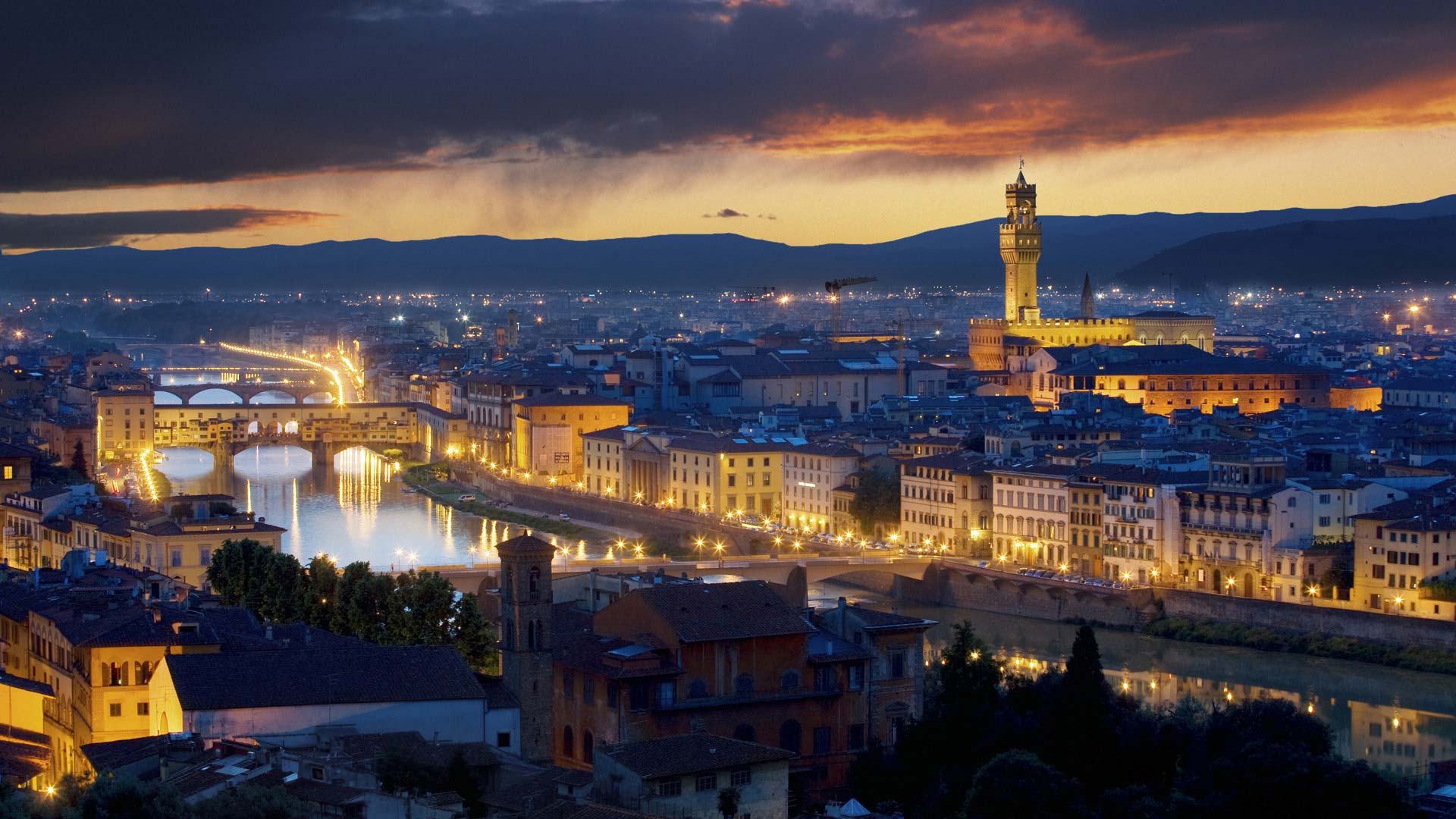
FLORENCE
From the terrace of Piazzale Michelangelo and the church of San Miniato al Monte you can admire Florence, an open-air museum.
The city is crossed by the River Arno and bordered by “Lungarni” the riversides joined by unique bridges, including the romantic Ponte Vecchio.
Walking through the streets of the old town where you will meet artistic treasures in museums and churches buildings and discover treasures such as the Cattedrale di Santa Maria del Fiore, the Battistero, the Galleria degli Uffizi, the Bargello and the Galleria dell’ Accademia.
Do not miss the churches of Santa Maria Novella and Santa Croce, magnificent churches- museum rich of works of art, Palazzo Pitti with its museums and the Boboli Gardens.
A unique place to live: the Oltrarno. Characteristics neighborhood characterized by typical Florentine: craft shops, trattorias and wine.
Bezienswaardigheden
PIAZZA DEL DUOMO
- Santa Maria del Fiore cathedral, or simply the Dome as it’s called by locals, was begun by Arnolfo di Cambio in 1296, it was brought to it’s eternal glory in 1436 by Filippo Brunelleschi.
- The Dome: the symbol of Florence, from there you can enjoy a fantastic view of the city and of the cathedral interior.
- The Giotto’s Campanile: it’s slender structure, rich of sculptural decorations and marble encrustations, stands adjacent to the cathedral, from it’s top you have another spectacular view of the entire city.
- San Giovanni Baptistery was built in a Romanesque style, it’s famous for three sets of artistically important bronze doors with relief sculptures made by Andrea Pisano and Lorenzo Ghiberti.
PIAZZA DELLA SIGNORIA
- Palazzo Della Signoria or Palazzo Vecchio as it’s called, was built at the end of the 13th century, this astonishing Romanesque, crenelated fortress-palace is actually the town hall of the city. Inside it hosts a museum and beautiful monuments such as the Putto with Dolphin fountain by Andrea Del Verrocchio and the Vasari works of art.
- Loggia dei Lanzi: built in the 14th century stands across the Palazzo della Signoria, it’s wide arches open to the street give home to famous statue such as the Perseus with the Head of Medusa by Benvenuto Cellini and the Rape of the Sabine Women by Giambologna.
- Fontana del Nettuno: built by the sculptor Bartolomeo Ammannati in 1565 it was not appreciated by the Florentines at first who started calling it “Il Biancone”, that is “the white giant”.
UFFIZI
The building project was begun by Vasari in the 16th century to accommodate the offices of the Florentine magistrates.
The Uffizi Gallery is one of the oldest and most famous art museums in the world.
PONTE VECCHIO
Another symbol of the city of Florence, it went through the great wars bombing and the fury of the Arno river, it is since the 16th century home to many jewelry lab and shops.
CORRIDOIO VASARIANO
It’s an upper corridor more than a kilometer long, it connects Palazzo Vecchio to Palazzo Pitti passing through the uffizi gallery and above Ponte Vecchio. The work done by Vasari, hence the name, was commissioned by Cosimo the First in 1565 in occasion of the wedding of his son Francesco to Giovanna D’Austria. This extraordinary flyover way was made for the aristocrats, so that they could move from their residence to the government palace in total safety.
PIAZZA PITTI
Gives away the entrance of the massive Pitti Palace built in the 15th century. The palace hosts many museums and has a magnificent park, the Boboli Garden.
PIAZZA SANTA MARIA NOVELLA
It gives home to the first great basilica in Florence which shares it’s name, and is the city’s principal Dominican church, it’s elegant white and green marble facade was built in the 13th century by Leon Battista Alberti.
PIAZZA DI SAN LORENZO
- San Lorenzo Basilica: Filippo Brunelleschi lead the construction of this symbol of Renaissance architecture. The façade has not been completed but inside there are many works of art.
- Sagrestia Vecchia: The square, domed space Old Sacristy, was designed by Brunelleschi.
- Sagrestia Nuova: The New Sacristy was designed by Michelangelo as the Medici family tombs. Together with the Cappella dei Principi it’s the museum of the Medici Funeral chapels.
- Biblioteca Medicea Laurenziana: was commissioned to Michelangelo and It contains manuscripts and books belonging to the private library of the Medici family
PIAZZA SANTA CROCE
- Santa Croce Basilica: is the largest Franciscan church in the world built at the end of the 13th century. The neo-Gothic marble façade dates from 1800th, inside is decorated with frescoes by Giotto and many of his students. It’s famous to be a resting place for many important italian artist such as Michelangelo, Galileo and Machiavelli.
- The Museo dell’Opera di Santa Croce: Pazzi chapel by Brunelleschi and Cimabue crucifix.
CHIESA DI ORSANMICHELE
At the end of the 13th century Arnolfo di Cambio formed the loggia of the grain market, after the 1304 fire it was rebuilt bigger and 2 stories higher. At the end of the 15th century the market was moved and the loggia became a church that still now maintains the unusual form of a square building.
FONTANA DEL PORCELLINO
The Porcellino fountain it’s the focal point of the Loggia del Mercato Nuovo, it’s a bronze copy of the wild boar by Pietro Tacca from the sixteenth century marble which is on the Uffizi gallery, Pio IV pope gave it as a present to Cosimo the first in 1560. Legend says that if you put a coin in the Porcellino’s mouth after you stroke his nose, and the coin falls past the grate where the water falls it will bring you fortune. Another curiosity of the place is the Stone of shame , a circular white and green marble placed in the center of the loggia. It was chosen as the spot where to punish insolvent debtors in the renaissance period. The punishment consisted in being chained to a post on this spot and then paddled repeatedly on the naked buttocks.
PARCO DELLE CASCINE
The cascine park is the green lung of the city, walking distance to the center. The biggest public park of Florence it covers an area of 130 hectares on the right band of the Arno river.It’s characterized by a rich vegetation and vast gardens, it’s an ideal place to practice sports (freely or even using the public facilities) or to enjoy nature in a peace and quite place.The “Cascine” as it’s called by locals, is also used as a market place (every Tuesday morning) and it hosts many cultural, musical events and much more.
FORTEZZA DA BASSO
Beautiful example of military architecture of the Renaissance, it was designed by Antonio da Sangallo, demanded by Alessandro de Medici and built between 1534 – 1537. Since 1967 it has been the most important fairground of Florence, thanks to it’s strategical central position , hosting many events throughout the year.
PIAZZA SAN MARCO
- Chiesa di San Marco – Convento di San Marco was an intellectual meeting place: Cosimo il Vecchio invested for it’s enlargement and decorations.
- Museo di San Marco (inside the monastery) enriched by Beato Angelico’s renaissance frescoes.
- Galleria dell’Accademia: one of the most visited museum of Florence for the presence of the Statue of the David by Michelangelo.
GALLERIA DELL’ACCADEMIA
La Galleria dell’Accademia ospita, dal 1873, il celebre David di Michelangelo ed altre sue famose scultore come i Prigioni e il San Matteo. Si trovano nel museo anche Il Ratto delle Sabine di Giambologna, la Madonna con Bambino e la Madonna del Mare di Botticelli ed alcuni lavori di Perugino, Filippino Lippi, Pontormo e Bronzino. La Galleria ospita il museo degli strumenti musicali dove è possibile vedere un violino appartenuto a Stradivari ed il più antico pianoforte verticale.
PIAZZA SANTISSIMA ANNUNZIATA
- Spedale degli Innocenti (hospital of the innocent) by Brunelleschi. This building was born to accommodate abandoned children in the 1440, now it hosts a very interesting museum also for children.
- Chiesa Santissima Annunziata built in the 13th century by the Order of the Servi di Maria. Inside you can enjoy frescoes by Andrea del sarto, Franciabigio, Pontormo and Rosso Fiorentino.
- Museo Archeologico: a very important site containing remains from the Etruscan, Roman and Egyptian period.
PIAZZALE MICHELANGELO
A vast terrace with a spectacular view of the entire city , in the center of the square there is the monument made to Michelangelo, the David and the four allegories of the Medici Chapel of San Lorenzo made in bronze.
CHIESA DI SAN MINIATO AL MONTE
Roman basilica with the typical florentine green and white marble facade.
FORTE DI BELVEDERE
The project was lead by Buontalenti in the last decade of the 16th century, it is a fortress villa on an upper side of the city , it’s got one of the best views of Florence.
VIA TORNABUONI
It is the most elegant street of the city which overlooks the great Palazzo Strozzi, one of the most important Renaissance buildings in Florence, home to art exhibitions, while the building has a large and majestic courtyard always open.
PIAZZA DELLA REPUBBLICA
Heart of the city at the time of it’s establishment by the roman empire, today the square has 1800th aspects.
PALAZZO MEDICI RICCARDI
Commissioned by Cosimo de Medici Il Vecchio to Michelozzo in the 15th century, Benozzo Gozzoli’s frescoes decorate the chapel.
PIAZZA SANTO SPIRITO
One of the few surrounded by trees, beautiful buildings and a church by Brunelleschi built in 1444.
PIAZZA DEL CARMINE
Complex of Santa maria del Carmine, Masaccio’s frescoes decorate the Brancacci chapel.
PIAZZA DELLA PASSERA
Colourful and busy place of the city, good for nightlife, restaurants, shops and of course historic charm.
Ontdek al het nieuws van Camping Village Panoramico Fiesole

